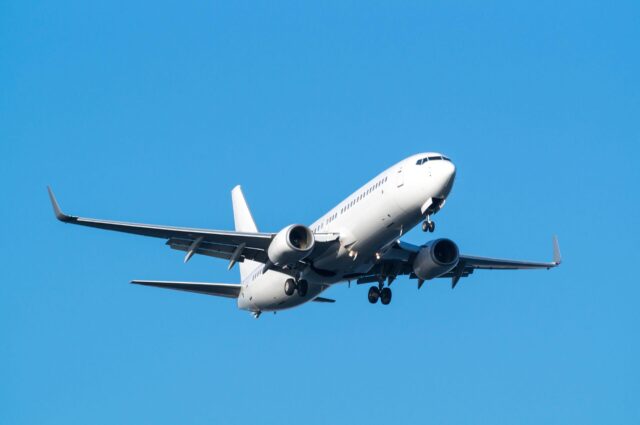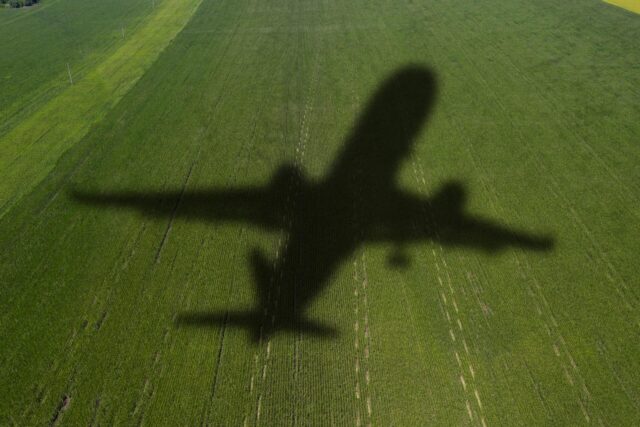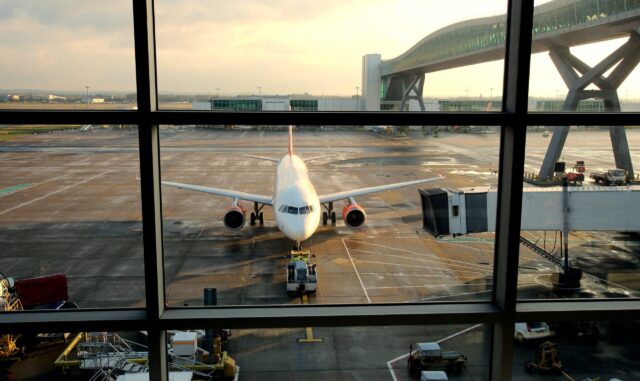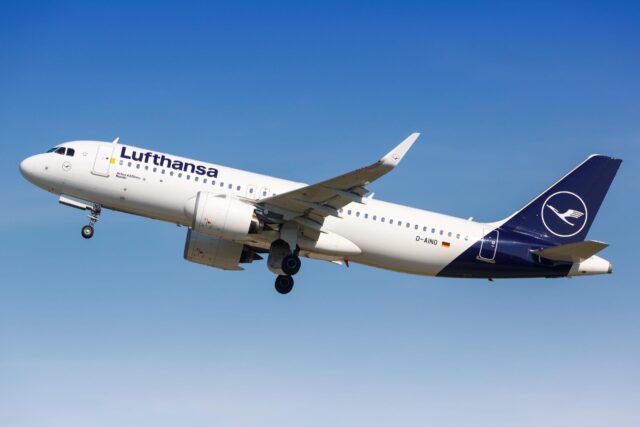Ukraine builds mobile F-16 maintenance system to keep jets flying—and off Russia’s radar

July 23, 2025

Ukraine has unveiled its first mobile maintenance system for the F-16 Fighting Falcon, a crucial step in keeping the prized fighters airborne and out of Russian crosshairs.
Innovative mobile complexes developed for Ukraine’s F-16s
The F-16 mobile complexes were developed, purchased, and transferred by Come Back Alive as part of its Office 61 project, and had support from Ukraine’s largest oil company, Ukrnafta.

The foundation says these are “two technical hubs for aircraft and aviation weapons maintenance and one mission planning complex.” Of the 51,354,554 UAH ($1.23 million) cost of the project, Ukrnafta donated 49,438,176 UAH ($1.22 million)
Globally, the F-16 relies on fixed support infrastructure for loading munitions and inspections, but that predictability would be deadly in Ukraine.
Come Back Alive says these mobile complexes allow it to maintain the F-16s from both main and temporary airfields. Whereas it used to take at least 10-12 people to attach a single munition to the fighter jet, now this can be achieved with just one. Additionally, it only takes half the time.
The mobile system’s usefulness goes beyond that. The Foundation states that it will “make it possible to reach aircraft that have made a forced manoeuvre or emergency landing, speed up the maintenance process, and involve fewer personnel.” The need for the system is partly driven by “the extensive system of aircraft basing and the lack of specialists.”
What the mobile F-16 complexes include
These F-16 mobile complexes include two maintenance complexes. Each of these has a workshop for the preparation and testing of aviation weapons, two vans designed to attach munitions to the fighter jet, and one pickup truck to move personnel around.
The mission planning complex is a “mobile command point.” From this command post, personnel can conduct pre-flight briefings and aircraft escort in the nearby zone. It includes a module with workstations for five to seven operators and a living module for long-distance relocations.

The living module comes with a kitchen area, a sleeping area, and a shower. The system will make it easier for Ukraine to increase security for its continuously hunted F-16s and simplify maintenance.
Ukraine’s growing fleet of F-16s
Western allies are supplying Ukraine with retiring fleets of F-16s as European countries transition to far more capable F-35 Lightning II stealth fighters. The F-16 is a light-weight and affordable fighter jet that remains in production for export markets. Ukraine is desperate to replace its ageing, heavily attrited, and worn-out fleet of Soviet-era fighter jets.
According to the open-source Oyrx blog, the Netherlands has pledged 24 F-16s, Denmark 19, Norway 14, and Belgium 30. Additionally, France is donating a limited number of Mirage 2000-5s.

Many of these jets have already been delivered, except for those pledged by Belgium, which is in the early stages of transitioning to the F-35. Its pilots are set to fly the jets in training for the first time shortly at the US Luke Air Force Base, meaning the Belgian F-16s earmarked for Ukraine will need to remain in the fleet and will not be transferred until 2028. By contrast, the Netherlands has now fully transitioned to the F-35.
Of the jets transferred, the Oyrx blog lists four F-16s as confirmed lost. Some of these were lost while ingesting foreign materials as they engaged Russian drones at close ranges.
















